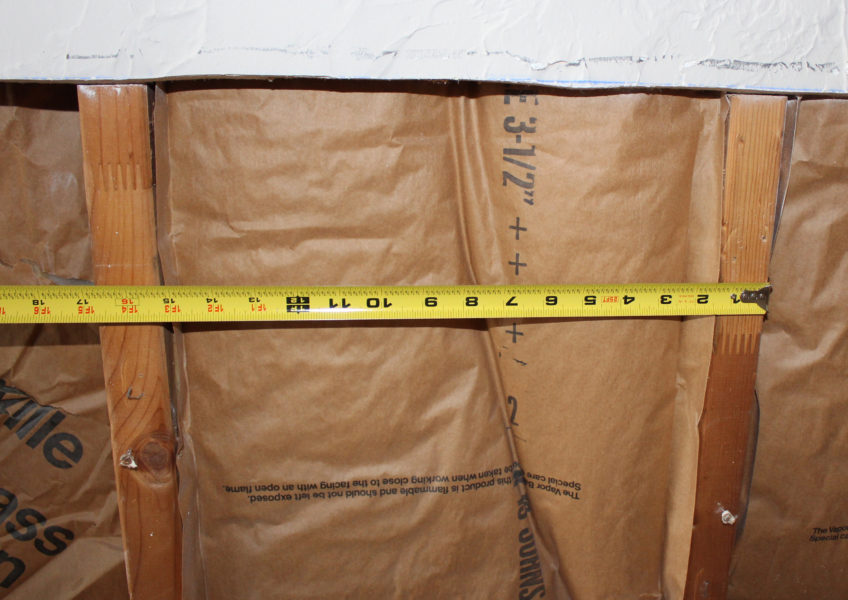What does a Moisture/vapor Barrier do?
What does a Moisture/vapor Barrier do?
If you’re a novice entering the residential building industry for the first time, the array of incorrect product applications and antiquated codes will likely end up confusing you. One thing high up on this list is vapor barriers.
Most people are unsure whether they should get a moisture barrier and whether they are necessary. Furthermore, they may not understand whether their home’s location requires a vapor barrier or not.
Unfortunately, a lack of understanding may result in the occurrence of mold and catastrophes. That’s why here we discuss what moisture barriers are and why they’re essential:
What is a Moisture/Vapor Barrier
Here’s the thing; water vapors can cause severe structural harm to your property. For example, if you experience seepage or wetness on the floor, it may result in mold, mildew and slowly destroy your floor. Homeowners should avoid this by installing vapor barriers that help ensure your flooring doesn’t get wet.
Floor vapor barriers are high-grade plastic sheets and are also called moisture barrier. These typically slow down the movement of moisture through your walls and subfloors. Moisture barriers are commonly used on new flooring or fences in areas that experience excess water or dampness, including crawlspaces, basements, and ceilings.
Flooring vapor barriers are typically placed underneath your floor’s underlayment. Moreover, you may purchase a moisture barrier yourself or buy an underlayment boasting built-in obstacles. In this way, if water vapors enter the concrete subfloors, the vapor retardant feature slows the moisture’s movement. Ultimately, it prevents any damage from occurring.
Essential Questions to Ask Yourself
Here are the top three must-ask questions before installing a moisture barrier:
- What is my climate?
- What is my cladding type?
- Where is the wall located?
Why do You Need a Moisture Barrier?
The need for moisture barriers increases with the homeowner’s growing demand for improving the overall efficiency and comfort of existing homes.
In fact, the US boasts the most lucrative market and is likely to generate revenue of US $7 billion by 2029. Let’s see why you need a moisture barrier in your home:
Subfloor Material
If you’re installing new flooring over concrete, you’re going to need a high-grade vapor barrier. In typically high-humid areas, moisture begins moving to a comparatively low-humidity area.
Since concrete is porous, it may start damaging your flooring. Consider installing a vapor barrier over your concrete subfloor before installing the floor to avoid this from happening. In this fashion, you can protect your floors from harm.
Climate
Vapor barriers are comparatively less common in mild climates. However, if the environment around you is drastic, like lots of rainfall, snowy winters, or humid summers, you’re going to need a vapor barrier.
Final Verdict
There are a plethora of different types of vapor barriers available in the market for flooring installations. It’s always a good idea to understand your options and sift through them before selecting one. From vapor barrier rolls that look like a floating sheet right down to moisture barriers that you can glue together, homeowners can easily find the perfect deterrent.
Keep in mind that your chosen moisture barrier should depend on the newly installed flooring.

